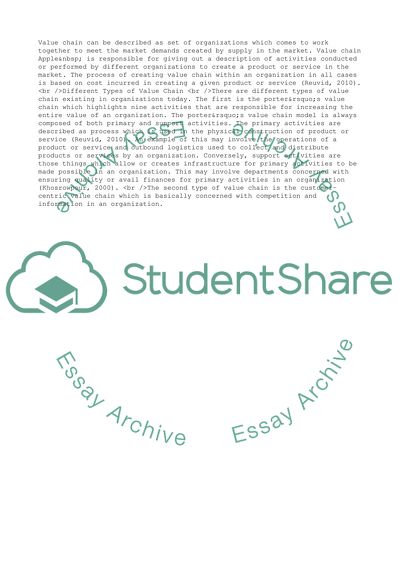Cite this document
(“Enterprise Resource Planning (ERP) In Apple Inc Assignment”, n.d.)
Enterprise Resource Planning (ERP) In Apple Inc Assignment. Retrieved from https://studentshare.org/management/1687174-enterprise-resource-planning-in-apple-inc
Enterprise Resource Planning (ERP) In Apple Inc Assignment. Retrieved from https://studentshare.org/management/1687174-enterprise-resource-planning-in-apple-inc
(Enterprise Resource Planning (ERP) In Apple Inc Assignment)
Enterprise Resource Planning (ERP) In Apple Inc Assignment. https://studentshare.org/management/1687174-enterprise-resource-planning-in-apple-inc.
Enterprise Resource Planning (ERP) In Apple Inc Assignment. https://studentshare.org/management/1687174-enterprise-resource-planning-in-apple-inc.
“Enterprise Resource Planning (ERP) In Apple Inc Assignment”, n.d. https://studentshare.org/management/1687174-enterprise-resource-planning-in-apple-inc.


